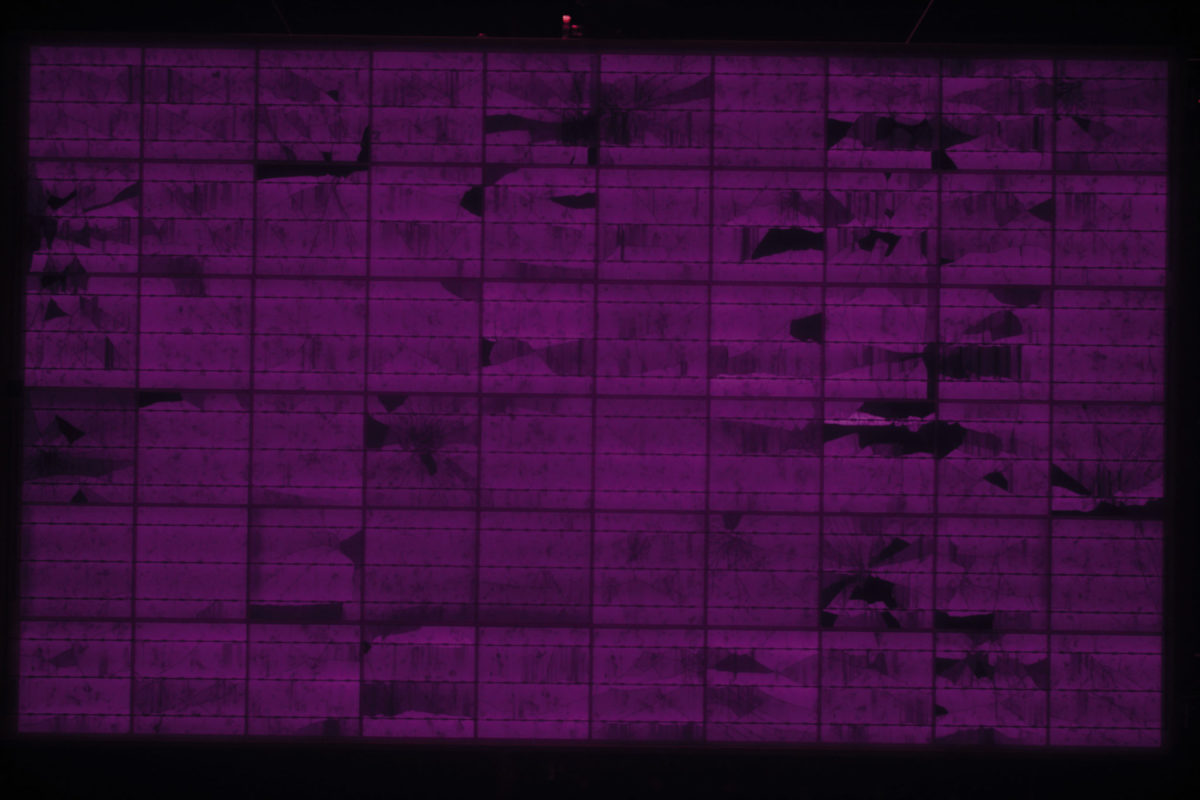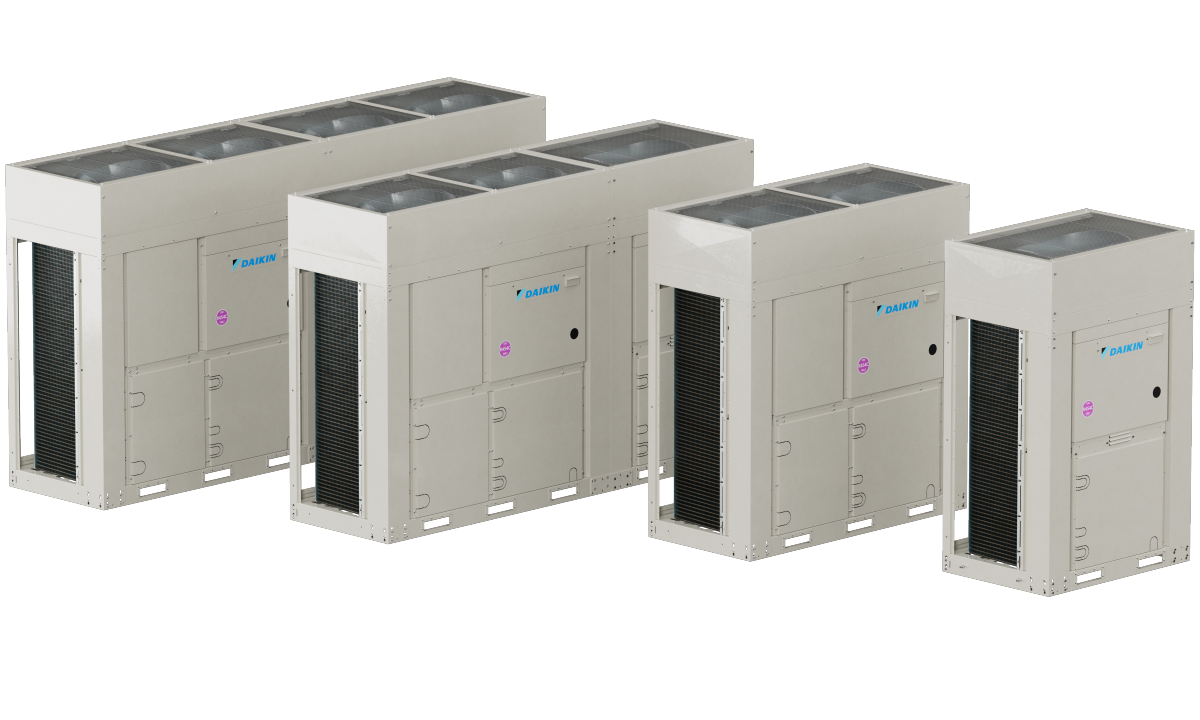Scientists at the University of Wolverhampton have published new research into the formation of cracks in silicon PV cells, and the influence of different cell interconnection strategies.
That cracks can form as a result of damage caused to cells during soldering has long been known in the industry. Sensitive cell layers are exposed to temperatures in excess of 200 C. And as it cools, the metals contract more than the silicon, causing it to crack.
Strategies are in place to limit this damage, but cell cracking is still a major quality concern for the whole PV industry. Cracks that form during manufacturing are often almost invisible in the beginning, but can grow larger and begin to affect module performance later on in the field.
New interconnections
Module manufacturers today are increasingly adopting different cell interconnection strategies. This is part of a push to minimize or eliminate the use of problematic materials such as lead and silver from modules, and also to allow the use of new cell technologies such as heterojunction, which cannot be exposed to temperatures above 180 C in production without causing major damage. And this once again creates some uncertainty around cell cracking.
The scientists at University of Wolverhampton investigated how changing various parameters in the interconnection process affected crack formation. These included different solder thicknesses, ribbon widths, silver and copper thicknesses.
Their results are presented in “Crack initiation and growth in PV module interconnection“, recently published in Solar Energy. The group found that cracks on the frontside (silver) grow faster than the rear (copper) and that thicker coatings of solder, silver and copper, as well as wider cell interconnections, all lead to higher rates of crack growth.
The group says that its results will help to develop methods for accurate prediction of a module’s long-term reliability, and also demonstrate a need for revision of the manufacturing processes used in cell interconnection.
This content is protected by copyright and may not be reused. If you want to cooperate with us and would like to reuse some of our content, please contact: editors@pv-magazine.com.




By submitting this form you agree to pv magazine using your data for the purposes of publishing your comment.
Your personal data will only be disclosed or otherwise transmitted to third parties for the purposes of spam filtering or if this is necessary for technical maintenance of the website. Any other transfer to third parties will not take place unless this is justified on the basis of applicable data protection regulations or if pv magazine is legally obliged to do so.
You may revoke this consent at any time with effect for the future, in which case your personal data will be deleted immediately. Otherwise, your data will be deleted if pv magazine has processed your request or the purpose of data storage is fulfilled.
Further information on data privacy can be found in our Data Protection Policy.